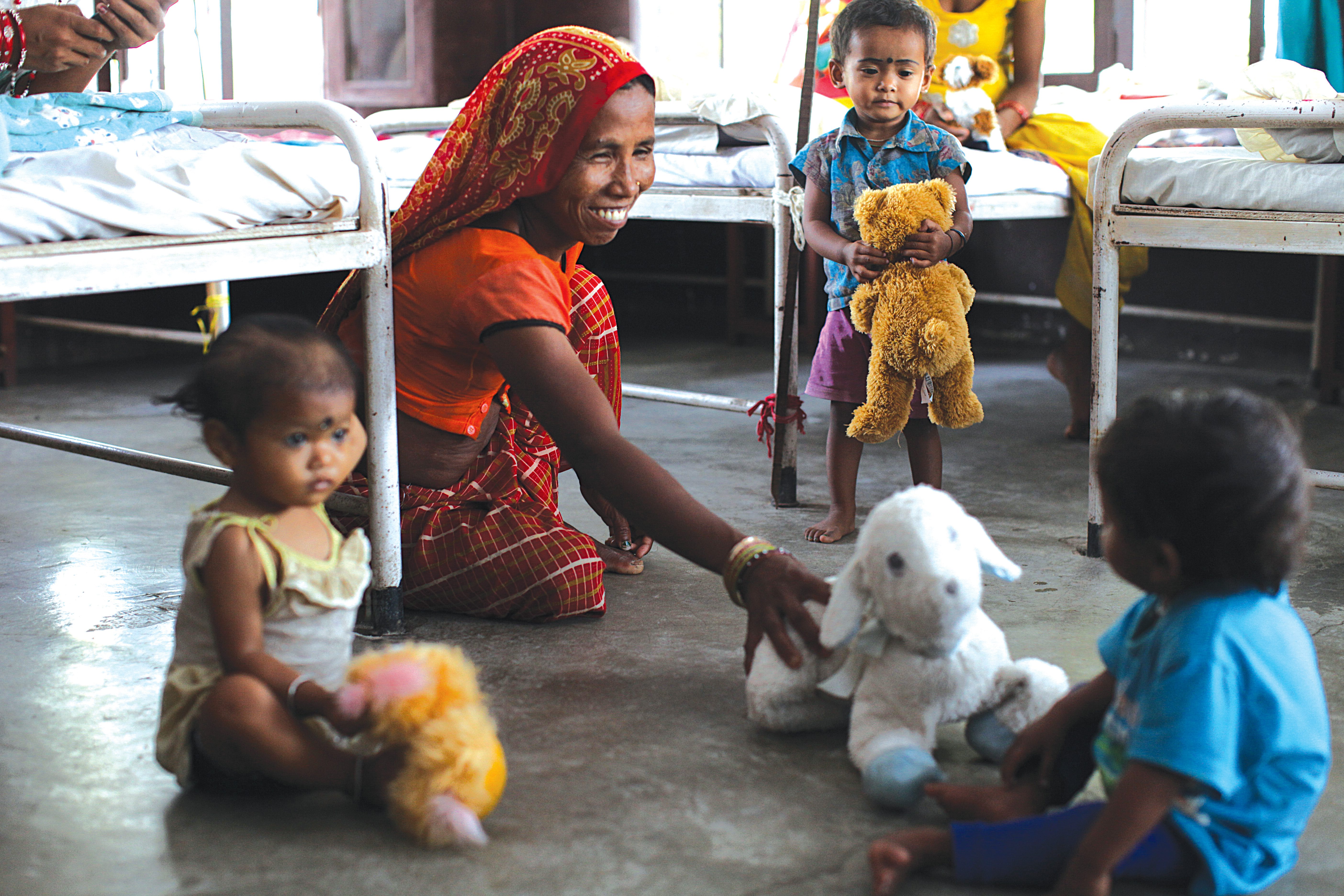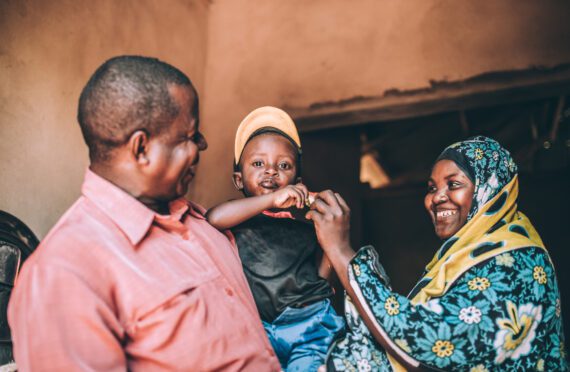By Jordan Teague
Here at Bread for the World Institute, we talk about maternal/child nutrition a lot. Most of our materials at least mention the 1,000 Days, the window between pregnancy and a child’s second birthday that is the most important nutritional period of a person’s life. That’s because missing critical nutrients during this time does irreversible harm to a child’s health and development. One in four children in the world today has sustained such lifelong damage, known as stunting.
But even stunted children are survivors. Each year, nearly 3 million children are not survivors. They are the newest victims of one of the world’s greatest tragedies—the needless deaths of children younger than 5 linked to malnutrition. Malnutrition causes nearly half of all preventable child deaths.
Globally, 16 million children are affected by severe acute malnutrition (SAM), which means they are significantly underweight and suffering from severe muscle wasting. SAM is the most extreme type of what nutritionists call undernutrition and most Americans call malnutrition. Surprisingly, the majority of children with acute malnutrition do not live in countries facing emergencies—but SAM and milder forms of acute malnutrition can increase dramatically during emergencies.
In many parts of the world, treatment for acute malnutrition is only available at health facilities, which may be few and far between. Barriers between children with SAM and lifesaving Ready-to-Use Therapeutic Foods—or, put more simply, barriers between starving children and the nutrients they desperately need—are even more forbidding and harder to overcome during emergencies.
The barriers are partly a matter of organization and logistics. Typically, children develop moderate acute malnutrition before SAM; SAM can be prevented by treating children at an earlier stage. But currently, these two types of malnutrition are treated by different humanitarian relief agencies using different procedures. And although there has been an uptick in global humanitarian funding, much more is needed as emergency situations around the world continue to spiral. Between this shortage of funding and logistical difficulties, many children do not receive treatment when they are moderately malnourished, but have to wait until they develop SAM.
This puts children at further risk of death or permanent damage from malnutrition. To work more effectively to save these young lives, the International Rescue Committee, Action Against Hunger, and the London School of Hygiene and Tropical Medicine have teamed up to create a new strategy or “treatment protocol” for treating for treating both moderate and severe malnutrition in a unified way. The research to develop the protocol is being supported by the Eleanor Crook Foundation, the U.S. Office of Foreign Disaster Assistance, and the Children’s Investment Fund Foundation.
The medical providers are testing out a unified, singular protocol for treating both types of malnutrition in an effort to eliminate some of the complexities of the treatments. They are also exploring ways to enable community health workers to treat both types of malnutrition during their visits to children’s homes. This brings treatment to children, sparing them and their mothers or other family members long, sometimes dangerous trips to a health facility. The hope is that this will allow more malnourished children to be treated, and at earlier stages, preventing more cases of SAM.
These efforts to develop better ways of treating malnutrition are more important now than ever, because famine has been declared in parts of South Sudan, with areas of Nigeria, Somalia, and Yemen reportedly on the brink of famine as well. This means that millions more children will need treatment for acute malnutrition, whether moderate or severe. Making access to medical care easier and more cost-effective will save lives. Acute malnutrition continues to be a massive humanitarian tragedy that needs more attention, more funding, and continued effort to improve delivery of better treatments.
Jordan Teague is international policy analyst for nutrition at Bread for the World Institute.



